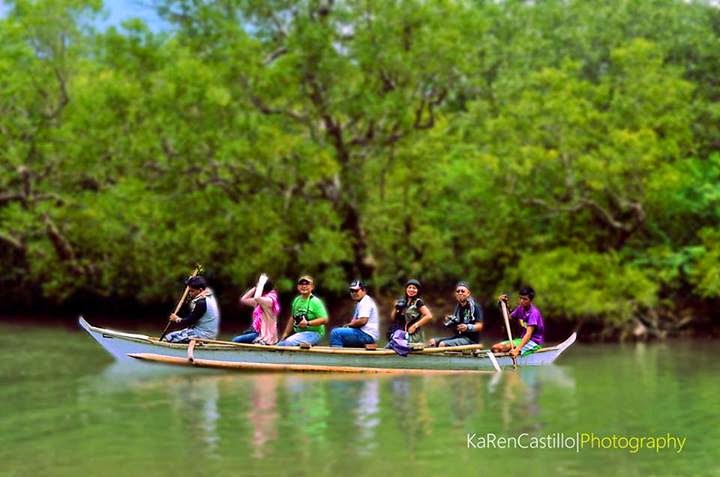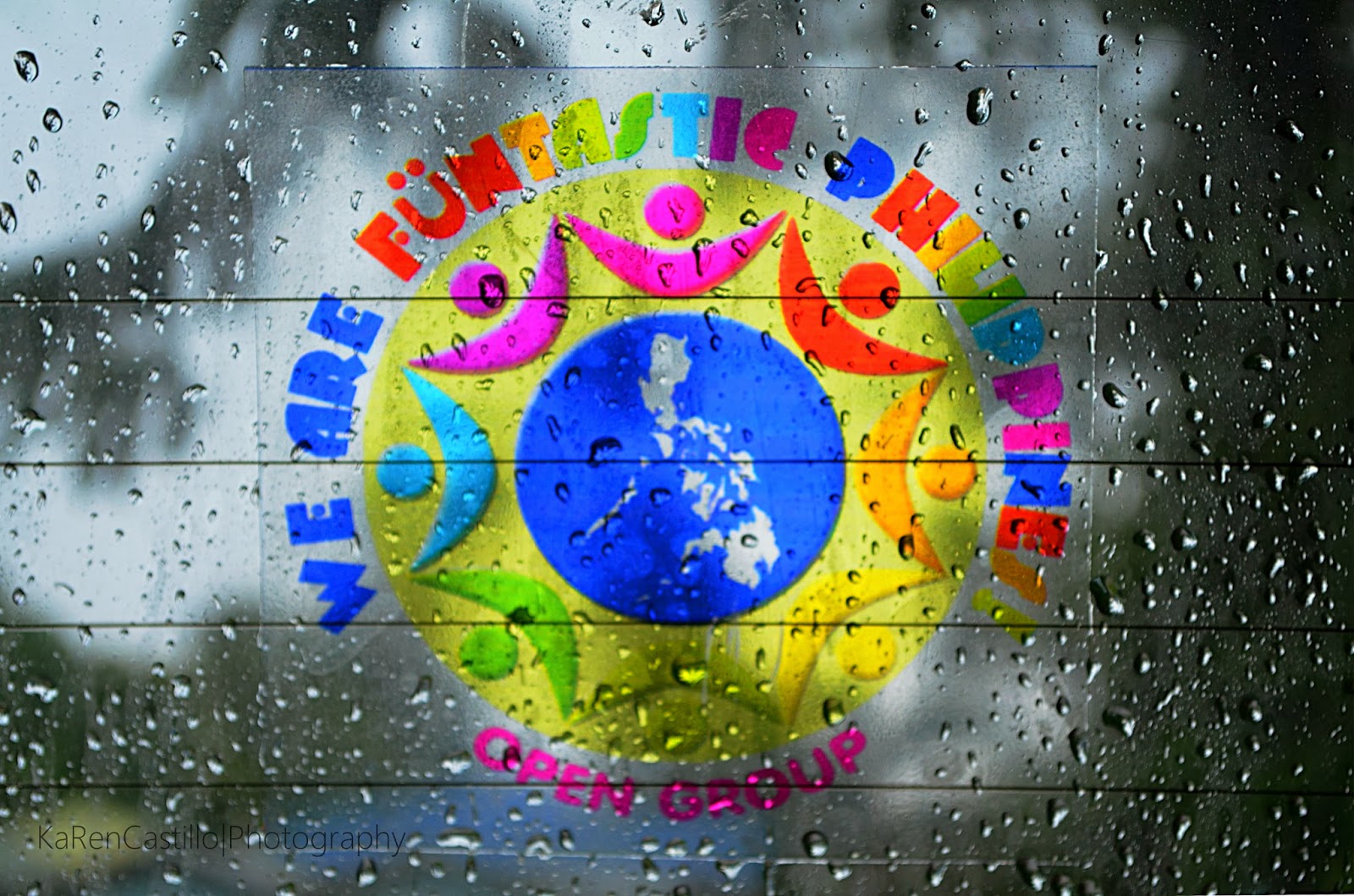THE STAR OF HOPE, Pampanga Giant Lantern Festival
The season
of Christmas begins early in the Philippines Philippines
But above
all these traditions, there is one thing that many people from all walks of
life wait for during this yuletide season, the famous Giant Lantern Festival,
also known locally as “Ligligan Parul” of San Fernando, in the province of
Pampanga. It is a celebration showcasing the popular Christmas product of
Pampanga – the parol, or lighted star, that symbolizes the star of Bethlehem Bethlehem
The
tradition only began as a simple lantern festival held by the people of San Fernando honoring the then President of the Philippines
The Giant
Lantern Festival is truly a remarkable tradition. But beyond the beauty of the
parols is the message of hope that these parols bring. Just like the hpe that
the star of Bethlehem
That’s the Lantern of Pampanga – the star of hope.
article written by Allan D. Miranda, Highschool teacher of Colegio de San Lorenzo in Pampanga and a hobbyist photographer
photos by Nelson Gonzales
article featured in HK LIFE Newspaper for December 2013 issue
That’s the Lantern of Pampanga – the star of hope.
article written by Allan D. Miranda, Highschool teacher of Colegio de San Lorenzo in Pampanga and a hobbyist photographer
photos by Nelson Gonzales
article featured in HK LIFE Newspaper for December 2013 issue
Join us at We are FUNtastic Philippines
For more photos : WAFP Christmas Album https://www.facebook.com/media/set/?set=oa.378014082276825&type=1
For more photos : WAFP Christmas Album https://www.facebook.com/media/set/?set=oa.378014082276825&type=1
HKLIFE News December 2013 Issue
The Star of Hope
Written by: Allan D. Miranda
Photos by: Nelson Gonzales
The Star of Hope
Written by: Allan D. Miranda
Photos by: Nelson Gonzales





































